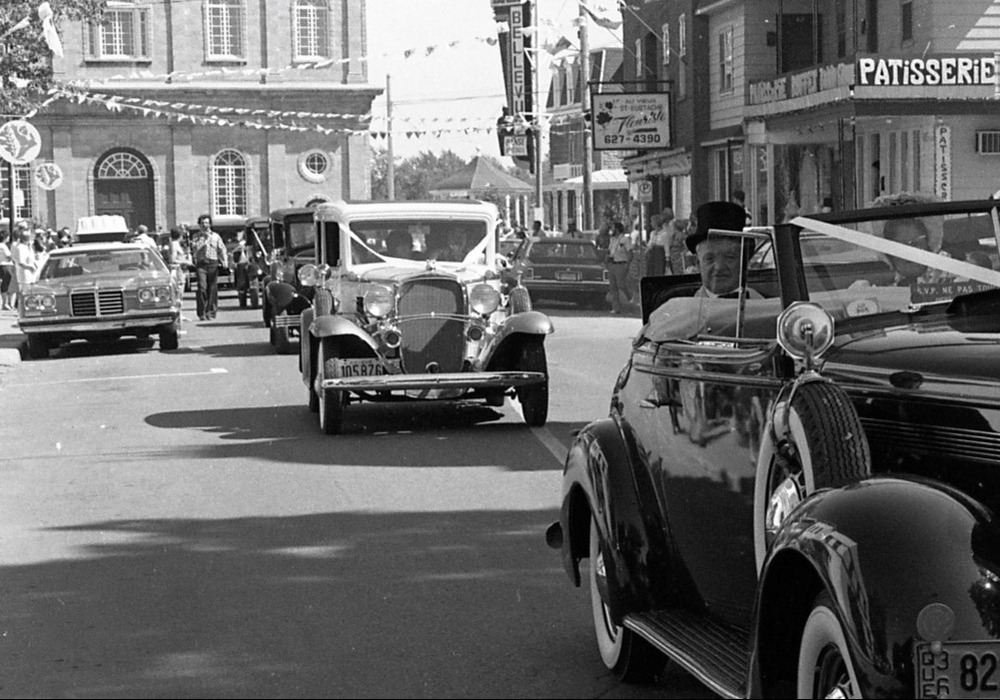
The agreement ending the American Revolution, referred to as the ‘Treaty of Paris’, was officially signed in September 1783. However, it had been officially negotiated during the summer of 1782 and it laid out the principles for peace.
Although the American negotiator, Benjamin Franklin, demanded the cessation of Canada to an independent America, he knew that the British Government of Prime Minister Lord Shelburne was opposed to the American independence, and would be unprepared to accept that offer. The months of hard bargaining resulted in a preliminary agreement with ten articles for peace.
Some of the positive results of the negotiation included solving boundaries issues of fishing rights on the Newfoundland banks and negotiating the issue of pre-war debts owed to British creditors. The agreement promised restitution of the property lost during the war by Colonists loyal to the British cause. The agreement also provided for the evacuation of British forces from the thirteen states. Basically, the British negotiators agreed to the evacuation of New York City, which was the main British stronghold in the American Colonies.
The preliminary articles of agreement were signed on November 30, 1782. This preliminary agreement made the British patriots, who were living in their homes in the former British colonies, urgently aware of their situation and their potential treatment in the future. These British supporters, who for many years were the heart of Colonial America, thought they were now being forced to leave for their own safety. They felt forced to move North into present day Canada and to other areas of British North America.
The name, “United Empire Loyalist”, is an honorary title given to those people who were refugees of the American Revolution. Almost immediately, following the word about a preliminary agreement, British supporters held meetings and signed petitions for land grants. Many stories are recorded about these brave Loyalists and their dire circumstances. Most of the refugees, that settled in Cumberland County, Nova Scotia, had been living just north of the city, in the county of Westchester, New York. Some of these Westchester Loyalists were granted properties in Remsheg, on a 20,000 acre grant property on the Northumberland shore of Nova Scotia, over 80 kilometers’ from Fort Cumberland.
It is estimated between 80,000 and 100,000 loyalists migrated from the American Colonies. Approximately 35,000 came to the Mari

